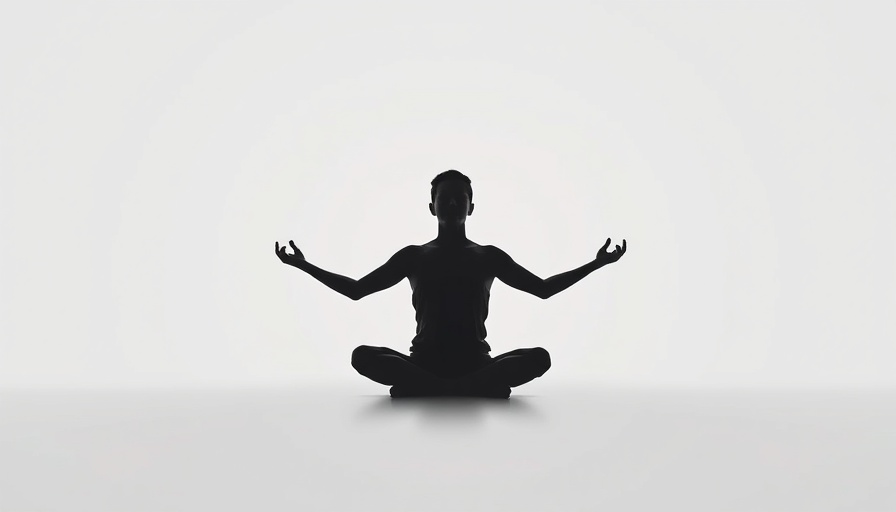
Yoga: A Cultural Crossroad
Yoga, a practice deeply rooted in ancient Indian tradition, has undergone significant transformations as it journeyed across continents. Along this path, it has evolved into a multifaceted phenomenon that is celebrated for its physical benefits but often criticized for cultural appropriation. In Flexible Yoga: The Poetics and Politics of New Transnational Asana, Shameem Black offers a compelling examination of these transformations, suggesting that yoga's identity has become as flexible as the practitioners it attracts.
Navigating Cultural Tensions
As Black notes, yoga's adaptability allows it to serve various agendas—from promoting liberation to perpetuating oppression. This duality becomes evident as we explore the impact of yoga's commodification in the West, where it has often been stripped of its cultural significance. Reference articles by Nadia Gilani and Hannah Raymond highlight how Western interpretations of yoga frequently prioritize aesthetic appeal and physical prowess over the teachings of internal growth and community.
The Economic Value of Yoga
The modern yoga industry boasts an estimated market value of $115 billion but has faced scrutiny regarding its accessibility and inclusivity. Black critiques how the commodification of yoga often overlooks socioeconomic disparities, potentially excluding marginalized groups from experiencing its benefits. This viewpoint echoes sentiments voiced by Gilani, who emphasizes a need for deeper engagement with yoga’s roots rather than a superficial practice solely for fitness.
Hindu Nationalism and Global Dynamics
In recent years, the impact of Hindu nationalism on yoga's public perception has been a point of contention. Black points to India's Modi regime, which aims to showcase yoga as a means of exerting soft power while promoting a narrow, patriarchal view of Indian culture. This political angle intersects with the experiences of yoga practitioners in the West, who often commend yoga as an artifact of cultural appreciation without acknowledging its politicized roots.
The Role of Social Justice in Yoga
Black's work is timely as conversations around social justice and cultural appropriation permeate the yoga community. Initiatives aimed at decolonizing yoga invite practitioners to re-evaluate their approach, emphasizing the essential need for honoring the practices of yoga that center marginalized identities. The rise of movements advocating for social justice through yoga aligns with contemporary discourses in the wellness industry, as highlighted in Raymond's exploration of yoga's evolving identity.
Embracing Authenticity Over Aesthetic Appeal
In order to foster genuine engagement with yoga practice, emphasis must be placed on understanding yoga beyond its postures. This includes integrating its philosophical roots and acknowledging the historical context from which it originates. Both Gilani and Raymond argue that in order for yoga to thrive in the West, we must challenge the commodified versions that cater to an idealized image of flexibility and beauty.
Accessibility and Inclusion: A Collective Responsibility
The question of how we make yoga truly accessible remains integral. Inclusive practices and community-focused initiatives can help shift the narrative away from exclusivity towards inclusivity. By promoting yoga in schools and community centers, as Gilani suggests, we can extend its benefits to those who may not otherwise have access. Collective efforts are necessary to ensure that the benefits of yoga and the narratives surrounding it are equitable and diverse.
Conclusion: Yoga as a Reflection of Global Values
As debate continues around yoga’s place in modern society, the teachings it offers can serve as an ethical compass for reflection and action. Black, alongside the voices of those featured in reference articles, advocates for yoga as a catalyst for social justice rather than merely a fitness trend. As the world navigates its complexities, the lessons embedded in yoga serve as both a grounding mechanism and a call to action, urging practitioners to explore not just the flexibility of their bodies, but the fluidity of cultural exchange, respect, and responsibility.
 Add Row
Add Row  Add
Add 


Write A Comment